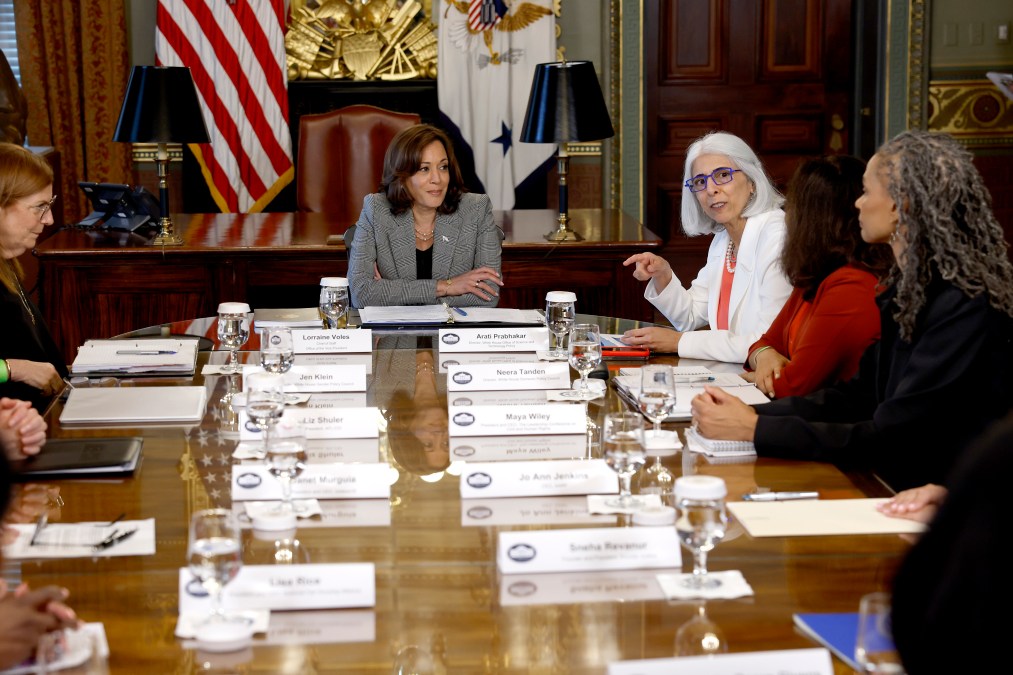Lack of federal R&D support challenges AI innovation, White House official warns

The director of the White House’s Office of Science and Technology Policy warned in a call with reporters on Wednesday that support for federal research and development organizations remains a challenge for promoting the government’s artificial intelligence goals.
In a response to a question from FedScoop, Arati Prabhakar — who leads OSTP and serves as a science adviser to the president — said that funding for the national labs and other institutions involved with AI issues is an area of continued concern. Those comments come after a May report from her office focused on how aging facilities could threaten U.S. goals on emerging technology, including AI.
“When you think ‘AI,’ you think about a lot of compute,” Prabhakar said. “Many of these applications live at the intersection of AI, information technology, and the real world….
To do this work well is going to require all the marvels of AI and it’s going to continue to require the laboratory research that’s been the foundation of so many of these different disciplines.”
She continued: “The erosion of our facilities for federal R&D organizations, and for our national labs — which are federally funded — has been a longstanding challenge and one that we continue to be concerned about.”
In the May report, an OSTP subcommittee found that poor R&D infrastructure is hindering agencies’ ability to meet current mission objectives. The subcommittee called for an interagency working group for the exchange of information and a federal agency effort to revitalize infrastructure through evaluations and investments.
The subcommittee said at the time that the U.S. does not have a “seat at the table” for setting international standards for R&D infrastructure, pointing to the appropriations process as standing in the way of allowing agencies to allocate funds in advance or excess of the allotment process.
Prabhakar’s comments came in advance of a conference at Johns Hopkins Bloomberg Center in Washington, D.C., focused on potential applications for AI and the federal government. The event follows the Biden administration’s October executive order on artificial intelligence and as officials race to beef up the country’s capabilities with the new technology. It’s meant to raise awareness for a range of AI applications, including novel medicines, improved electrical grid technologies, and weather forecasting.
“None of these aspirations can be accomplished by industry alone. Many of them require deep research that’s well beyond the reach of corporate product development,” Prabhakar said during the call. “Some require training AI models on data from more than one company. And every one of them requires the deliberate focus to deliver on a public mission, which is different from a market opportunity.”
The White House seemed to bolster its AI vision applications Wednesday with the introduction of a new AI.gov section focused on “AI aspirations.”
Madison Alder contributed to this article.



